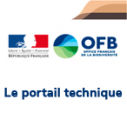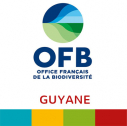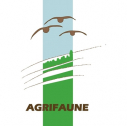Étude MIGRALION : des connaissances inédites sur les oiseaux dans le golfe du Lion, en Méditerranée
Le programme MIGRALION livre aujourd’hui des résultats inédits sur les migrations d’oiseaux terrestres et marins au-dessus des eaux françaises de Méditerranée. Pour la première fois, trois années de suivis et plusieurs téraoctets de données ont été analysés pour mieux comprendre l’usage de l’espace maritime par l’avifaune et les chiroptères dans le golfe du Lion.
La connaissance inédite des espèces présentes et des saisonnalités de leurs déplacements, apportée par le programme MIGRALION, permettra notamment de mieux définir les études d’impacts des projets de parcs éoliens en mer ainsi que les mesures d’évitement, de réduction et de suivi associées de l’atteinte potentielle à ces espèces, afin de renforcer leur pertinence et leur efficacité.











